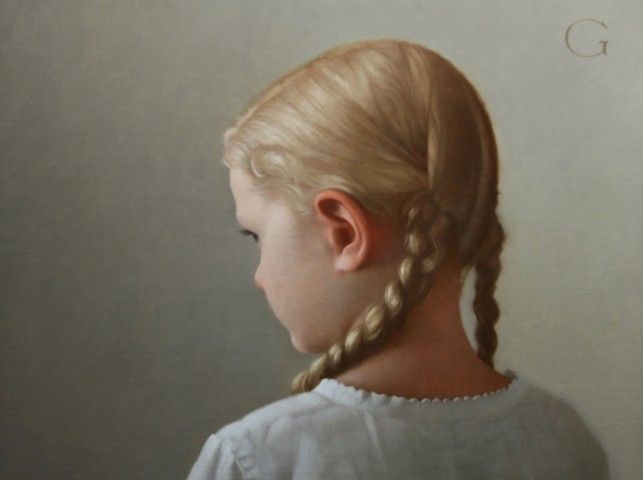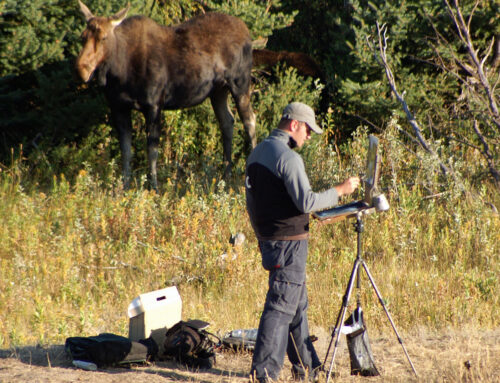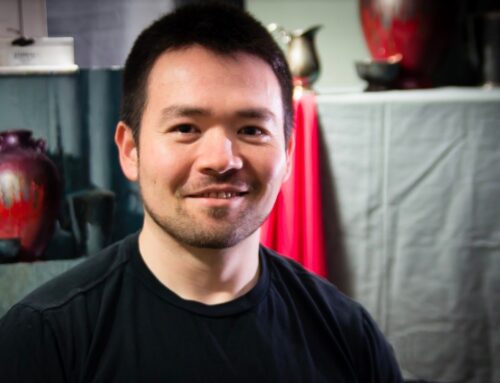What motivates you to paint?

I’m not quite sure how to answer that. I’ve been compelled to draw since I was a child. No matter what activity I’ve been involved in in my youth I was always drawing on the side. My ambition to become a painter didn’t come until what I consider quite late in life — about age 24 or 25. I paint because I must. I’m a painter. You might as well ask a dog why he barks.
Everything influences my work. Nature, music, dance, acts of kindness I witness, a great football play, really, anything I find excellent and beautiful and that moves my soul. I love art of many types, cultures, and time periods. I’m often inspired by work that one may not think I would like at all. Specifically though, I can point to the 19th Century French Academy as being the most direct influence of my work. And from that period probably Jean-Auguste-Dominic Ingres strikes me the most, somehow.
What’s one painting tool you can’t live without?
I don’t know. I’m pretty generic with my tools for the most part, but I would find it difficult to paint without my free standing palette which I made myself. I made it from necessity because of a repetitive motion injury to my neck which was due to my former hand-held-palette system. My palette takes a lot of strain off my neck — which is good since I paint for a living. It’s quite literally a life saver.

What do you want to instill in your students?
I want to instill to them that I believe in them. That if they want it enough they can achieve things no one would have expected. But I want them to know that this entails great sacrifice. Not many have the determination and perseverance necessary. Not many will give the time and study necessary for such a demanding craft. Support from loved ones can also be critical. As one sacred scripture reads: “Many are called but few are chosen…”

I want them to know that this is not some kind of magic formula for making a good painting. This technique has been tweaked and honed over many years to suit my particular skills, sensibilities and goals. But it also takes into account my weaknesses and the things I’m not so good at. In short, this is My Technique. Of course, nothing I’m doing here in terms of technique is anything revolutionary, but the nuances in application are particular to me. I hope they take what they learn here and assimilate it, but I also hope they will alter it as necessary and make it their own. I hope this video will not be seen as an “end” but as one influential link in a chain of experience and study.
Click here to visit David Gray’s website.
Click here to order “Painting the Classical Portrait” with David Gray





Leave A Comment
You must be logged in to post a comment.